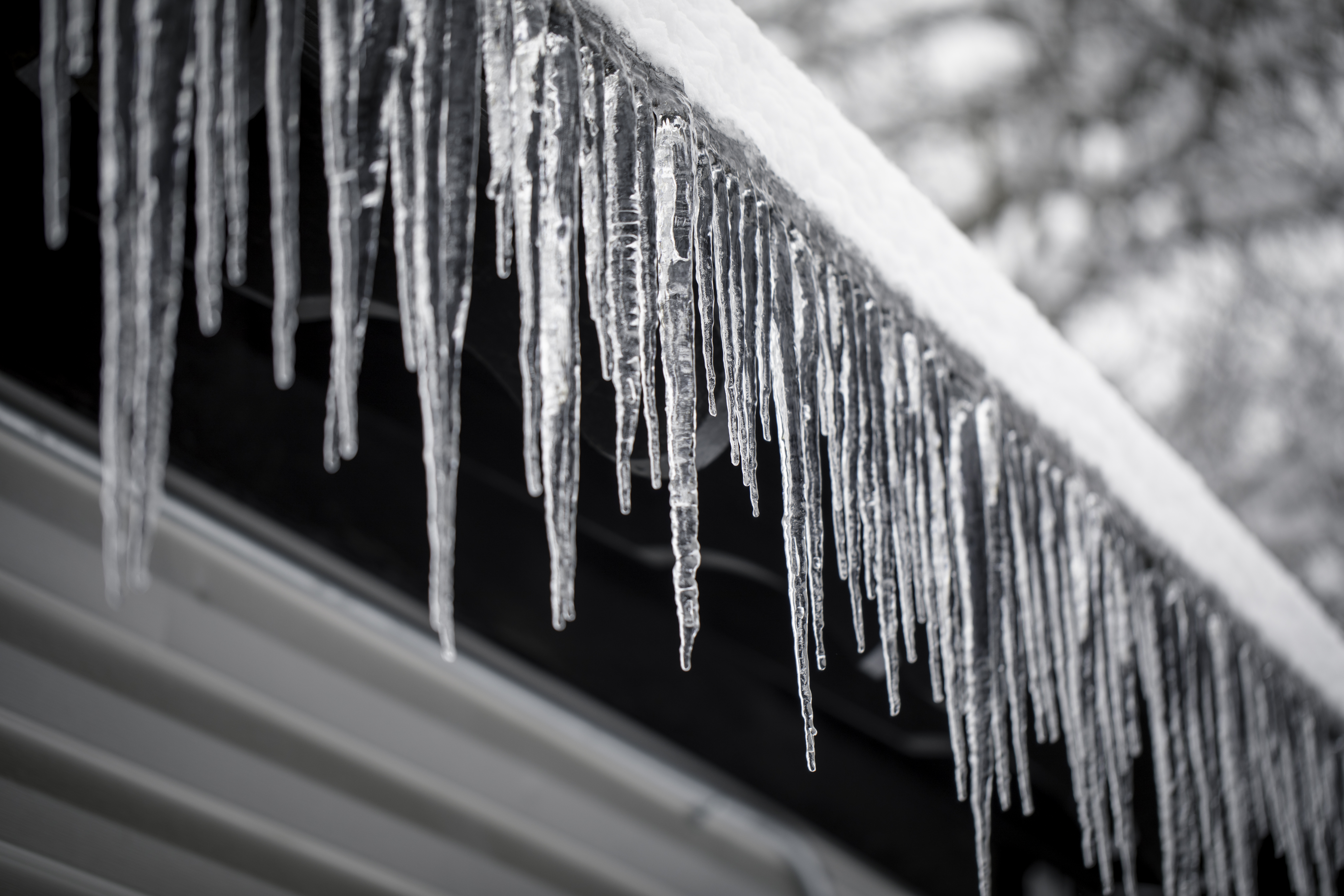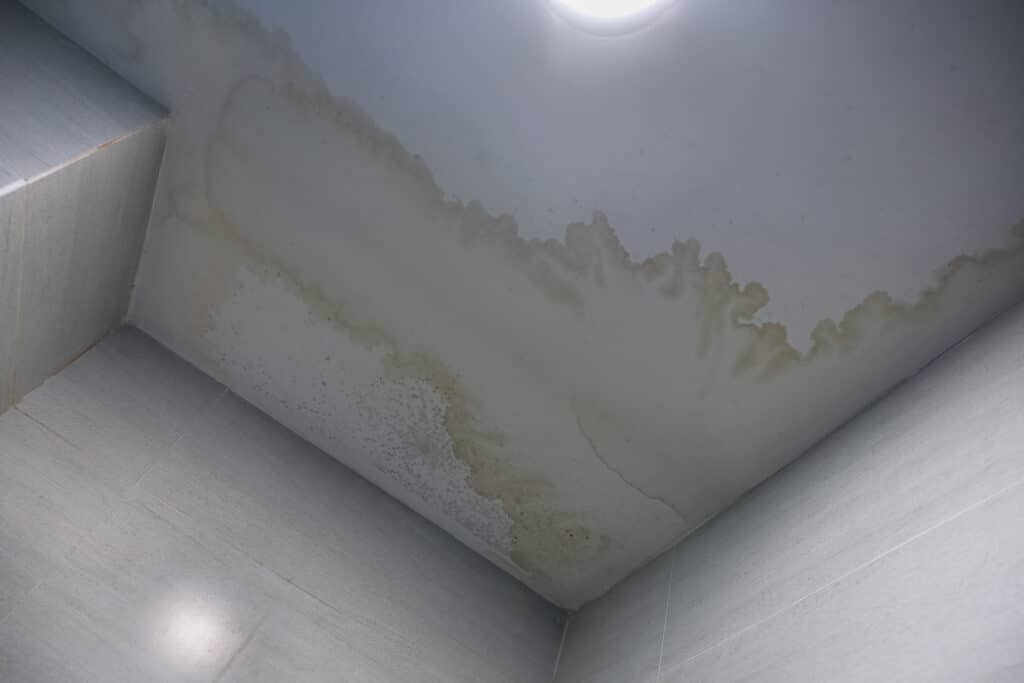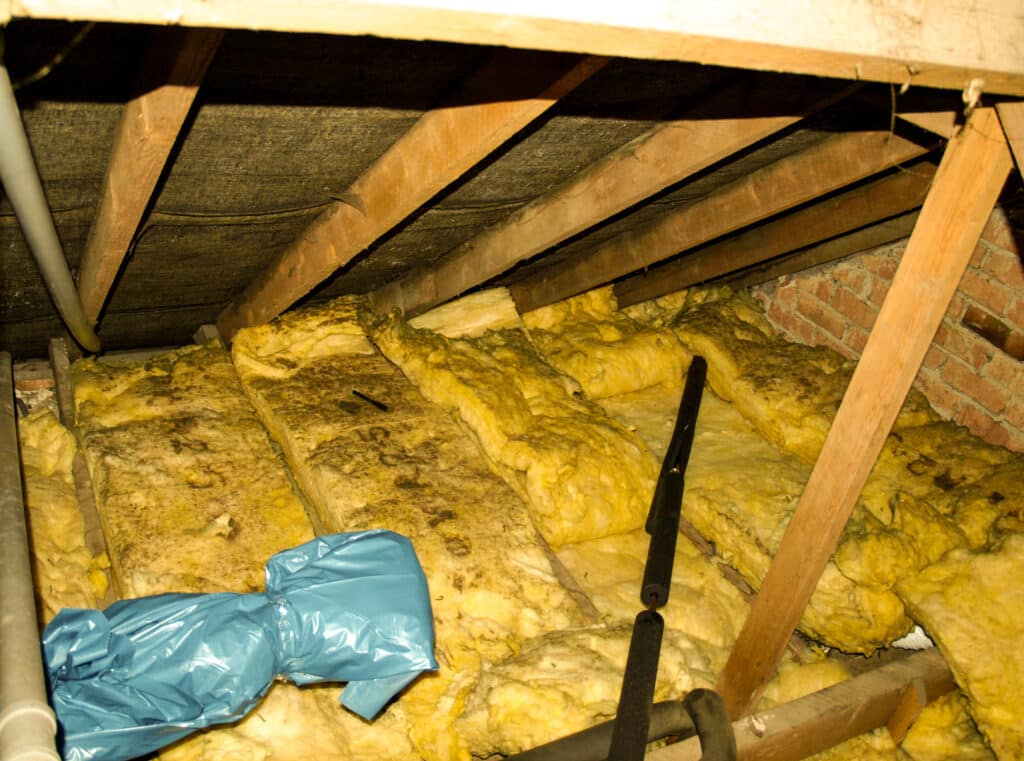The crucial role of attic roof ventilation: Vital information for homeowners
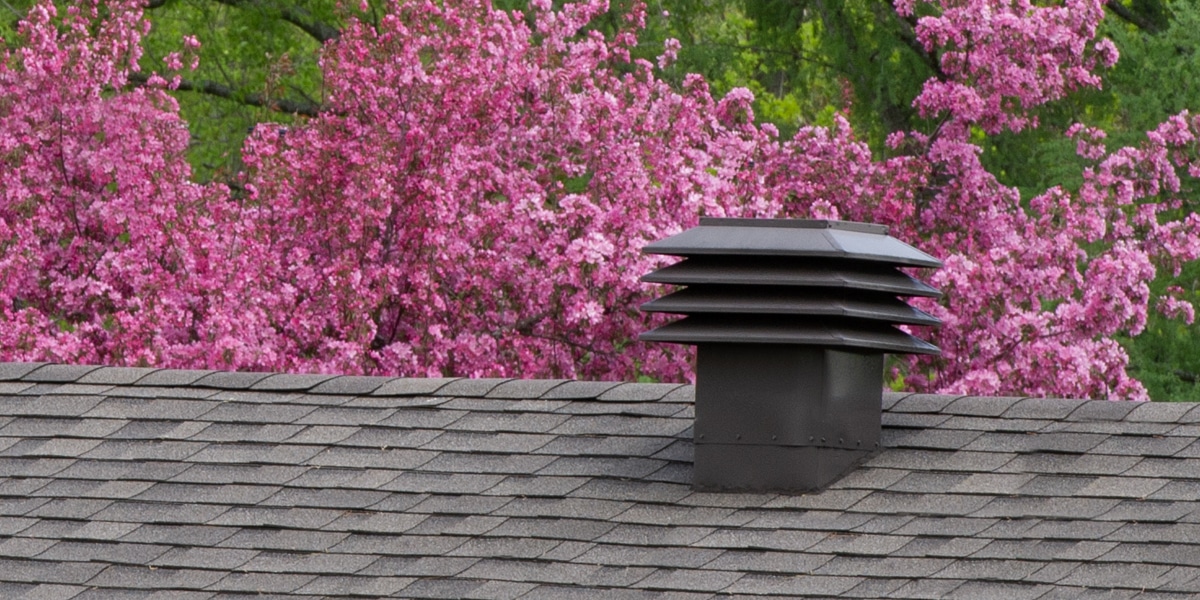
The attic often goes unnoticed, but it plays a vital role in your roof’s health. Adequate attic ventilation is essential to prevent issues like moisture buildup, mold growth, and premature damage to asphalt shingles.
In this article, we’ll explore the benefits of proper attic ventilation and the drawbacks of inadequate ventilation in buildings.
1. Understanding the Attic
What exactly is the attic? It’s a significant component of your home, situated between the upper-floor ceiling and the roof. Although often overlooked, it plays a crucial role in maintaining your home’s energy efficiency. Proper insulation in this area helps reduce heat loss during winter and keeps a comfortable temperature during summer.
2. Advantages of Good Ventilation
Effective attic ventilation offers numerous benefits, including:
- Reduced moisture accumulation
Moisture is detrimental to your roof. By preventing moisture buildup, proper ventilation mitigates issues like mold growth and shingle deterioration.
- Comfortable indoor temperature
During summer, good attic ventilation reduces heat accumulation inside the house, resulting in lower air conditioning costs.
- Extended roof lifespan
Proper attic ventilation minimizes heat and moisture damage to your asphalt shingles, ultimately extending the lifespan of your roof.
3. Drawbacks of Inadequate Ventilation
Inadequate attic ventilation can lead to costly problems, such as:
- Mold growth
Poor ventilation allows moisture to accumulate, promoting mold growth in the attic and throughout the house.
- Premature shingle damage
Heat and moisture buildup in the attic can cause early deterioration of your asphalt shingles, resulting in substantial repair expenses.
- Increased energy costs
Inadequate attic ventilation leads to excessive heat buildup in the home during summer, resulting in higher energy demands and increased air conditioning expenses.
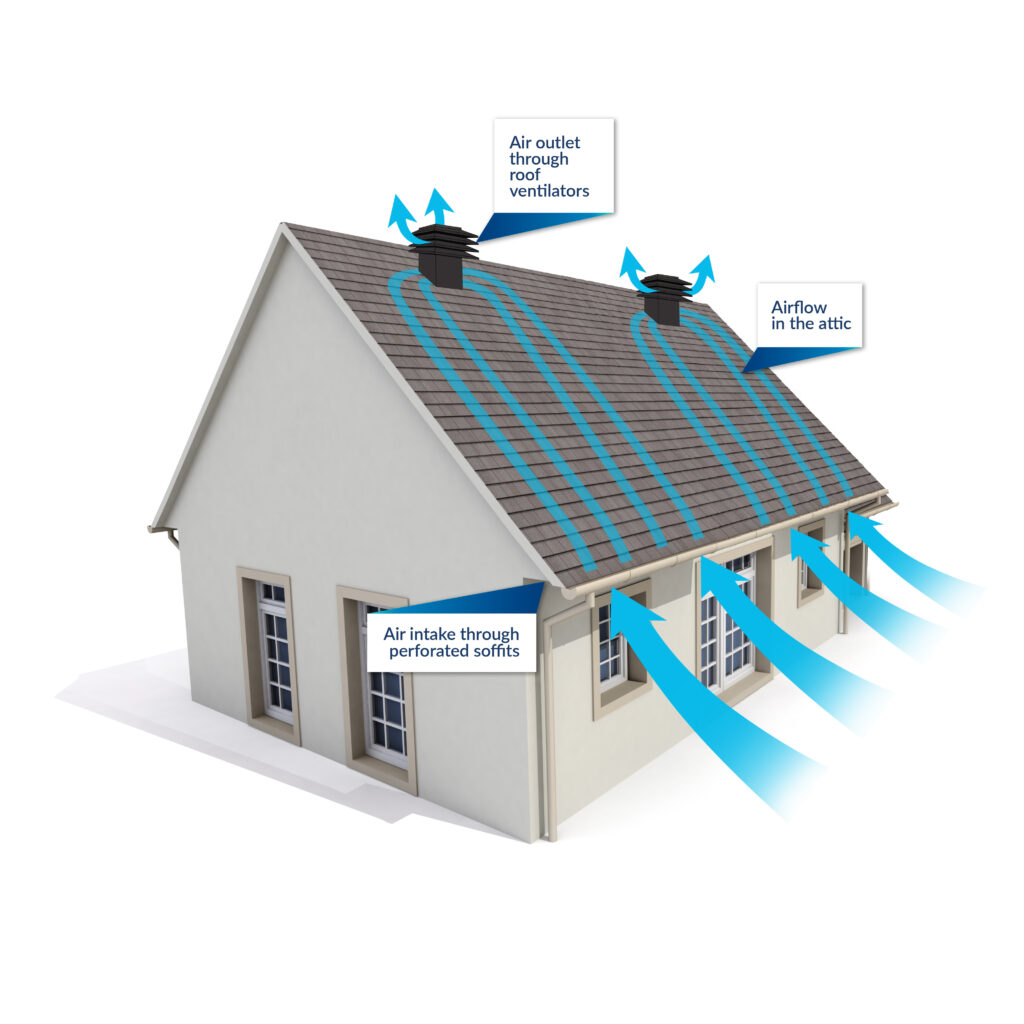
4. Enhancing Attic Ventilation
If you observe signs of poor ventilation, it’s crucial to take action. Here are ways to improve attic ventilation:
- Install roof ventilators
Roof ventilators are an excellent option for enhancing roof ventilation. They extract warm air from the attic and expel it outside. Selecting a high-quality ventilator and ensuring proper installation is key to maximizing its effectiveness.
- Install perforated soffits
Perforated soffits are installed on the sides of the roof to allow fresh air to enter the attic, promoting efficient airflow They extract warm air from the attic and expel it outside. Selecting a high-quality ventilator and ensuring proper installation is key to maximizing its effectiveness.
- Install ridge vents
In cases where installing roof ventilators is not feasible due to limited eave ventilation or structural constraints, ridge vents serve as an effective alternative. They allow for natural airflow along the roof’s ridge.
- Check insulation
Inadequate attic insulation can hinder proper airflow and compromise attic ventilation. Regularly inspect the condition of insulation and replace it if necessary.
5. Recognizing Inadequate Roof Ventilation
How can you identify if your roof lacks proper ventilation? Look out for these signs:
Ice build-up on the roof
As mentioned earlier, a poorly ventilated roof can lead to ice build-up in winter, which can cause problems with leaks and mould.The presence of mould
If you notice dark patches or damp areas on your ceilings or walls, this may be a sign of poor ventilation in your roof. Mould can cause health problems and needs to be treated quickly.Excessive heat in the house
If your house is very hot in the summer, this may be due to poor ventilation in your roof. Good attic ventilation keeps the temperature inside your home comfortable.Insulation problems
If you notice that your insulation is damp or wet, it may be a sign that your roof is not well ventilated. Moisture can cause insulation problems and reduce the effectiveness of your insulation.
6. Ventilation and Manufacturer’s Warranty
It’s important to note that asphalt shingle manufacturers require adequate ventilation for their warranty to remain valid. If the attic is poorly ventilated or lacks ventilation, the warranty may be significantly reduced. Refer to page 6 of the document at the following link for more information: Reduced warranty coverage for installation of shingles on insulated roof decks or unventilated roofs.
Asphalt shingles are the most common roofing material used in residential homes, and their life expectancy is directly related to proper attic ventilation. They are designed to protect your roof from outdoor elements such as rain, wind, snow and ice. However, without proper attic ventilation, these elements can cause problems such as premature shingle deterioration and moisture build-up, which can lead to mould growth and other damage to your home.
Asphalt shingle manufacturers understand the importance of proper attic ventilation to the longevity of their products. As such, they often require roofing installers to meet specific ventilation standards in order for the product warranty to be valid. If attic ventilation is insufficient or inadequate, manufacturers may refuse to cover the cost of repairing or replacing shingles.
Conclusion on the crucial role of attic ventilation: Essential Information for Homeowners
In summary, proper attic ventilation is essential for your roof’s health and your home’s well-being. Inadequate ventilation can lead to expensive issues such as mold growth and premature damage to asphalt shingles. By improving attic ventilation with roof ventilators and ensuring proper insulation, you can extend your roof’s lifespan and reduce repair and cooling costs.
